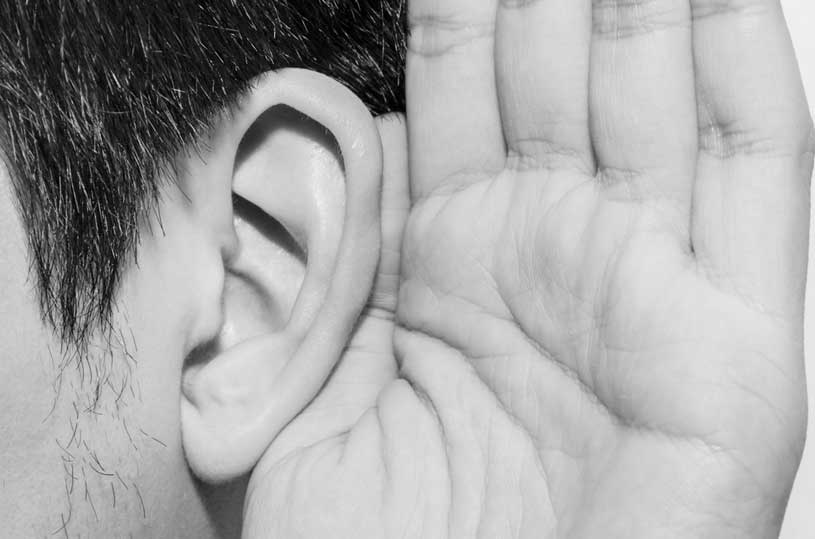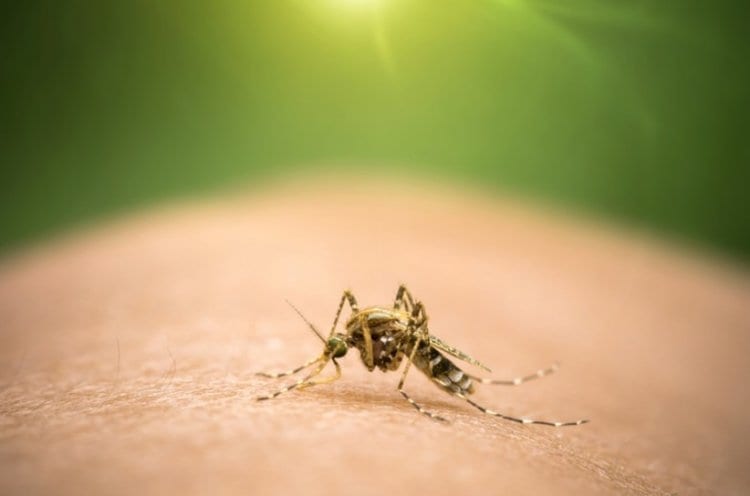A worm crawls over an innocent looking rock lying on the sea floor. The worm’s movement attracts the attention of one of a school of fish passing nearby and it sets out to eat it. What was that?! Within a fleeting moment, the fish has disappeared and the worm continues swimming along as if nothing has happened. This amazing sight is repeated time after time, and only a very sharp eye will be able to discover what is going on.
The “rock” lying on the seafloor is no less than a predatory fish with an amazingly camouflaged body that looks like a rock. The disguise makes it possible for the fish to lie undetectable as it waits quietly for passing prey. The fact that this fish can lie motionless for a long time is the perfect complementary talent for this disguise.
When lying motionless on the seafloor, how can the fish be sure that food will soon pass nearby?
Growing out of the end of the fish’s nose is a thin, fleshy stalk that looks just like a fishing rod. At the end of the stalk, there is a tiny muscle that looks very much like a worm, which can be moved to impersonate a worm swimming through the water. This is the bait inviting passing fish for a meal. Before they can close their mouths around it, however, the “rock” opens its mouth and turns the hunter into the hunted and into his next meal. The “rock’s” jaws move with a fast reflex action that lasts a mere one six thousandths of a second, from closed, to open, to closed again. The other fish in the school don’t even notice that one of their companions is missing, thanks to the fastest swallowing action in the undersea world and the rock fish’s ability to open its jaws to a size that is twelve times normal. Other fish in the school do not notice what is happening and stay around, to become prey themselves.
Because of its inbuilt fishing rod, this fish is called the “Angler Fish.”
Let’s take another look: Without specific, purposeful design, could one fish’s body contain so many amazing features by “chance”?
Shape: Looks like a rock
Talent: The ability to stay completely still
Hunting tools: Rod and bait
Mode of action: Swallowing speed that is almost too fast to see
Objective: Hunting fish
Camouflage: To avoid detection
When we know that there is design, we know there must be a designer.
The Angler fish belongs to a species of fish which exist worldwide, and its sub-species are known as monkfish, goosefish, fishing-frog, frog-fish, or sea-devil.
Here are some more of the fascinating characteristics of this amazing fish:
- It has a flat stomach, adapted for lying on the seafloor.
- The color of the fish’s back is similar to the color as the seafloor. Thus, it is camouflaged and cannot be detected by other fish.
- Its enormous head takes up almost half its overall body length. Its large mouth faces upwards and it has long, sharp teeth.
- Despite its very large head, the Angler fish’s eyes are very small.
The most amazing part of this fish is that when still young, it resembles any other fish. It swims just like other fish do and its eyes are on either side of its narrow head. As it grows into adulthood, it takes up a new existence on the sea bottom and its eyes change position to end up on top of its head, from where they have a good view of the fish passing above, which provide the Angler fish with its daily diet. The eyes provide good visibility, but because they are so small, fish passing above do not notice them.
Even if we say that for whatever reason, this fish developed by “chance,” with a bodily mechanism that at a certain developmental stage, sends it diving down towards the sea bed to live there permanently – who designed this unusual change in body shape and form (the moving eyes!) and the change in body color – the back is a different color from the other parts of the body and perfectly adapted for life on the sea bottom; all this with the purpose of becoming a successful predator.





